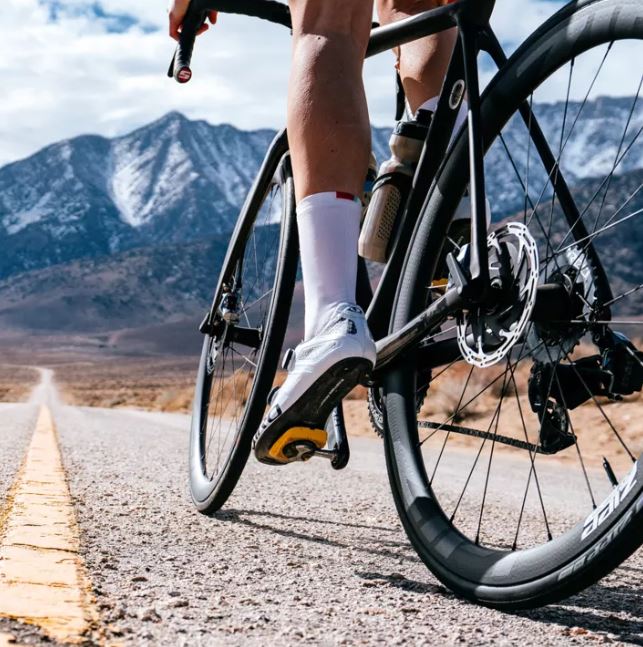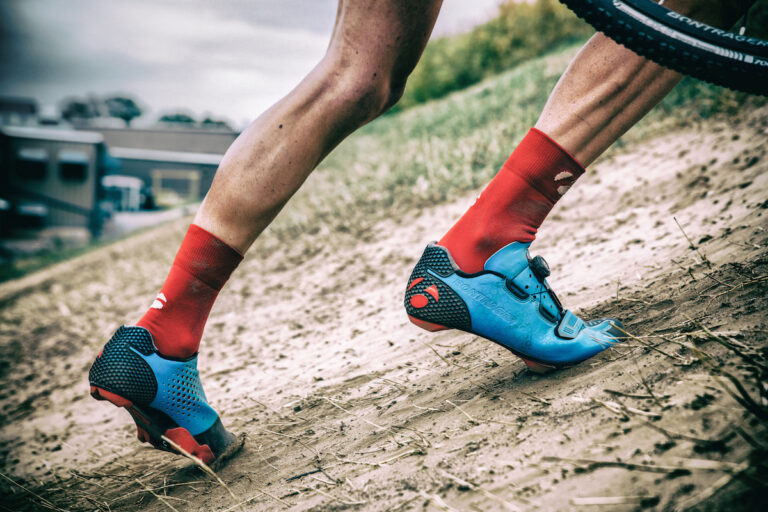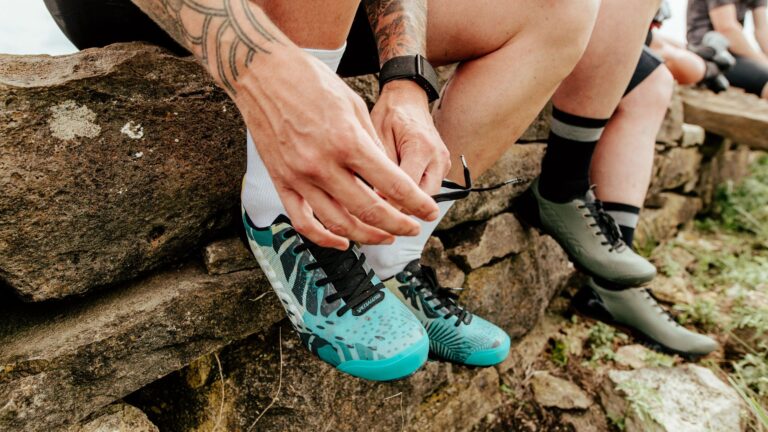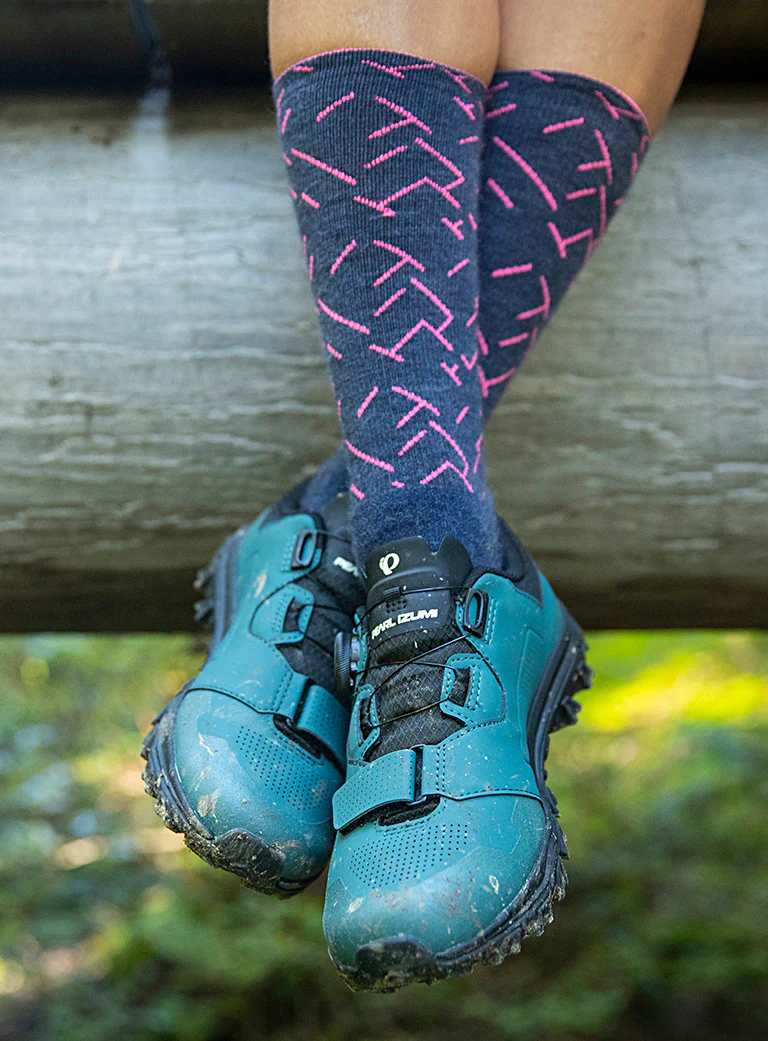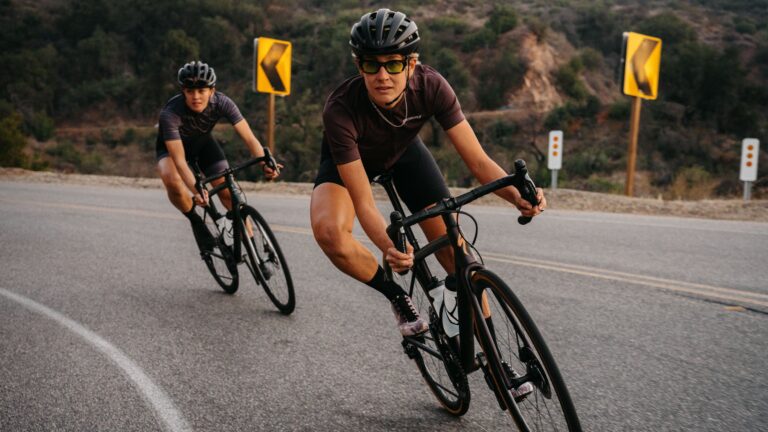Maximizing Pedal Power: The Role of Sole Rigidity in Road Bike Shoes
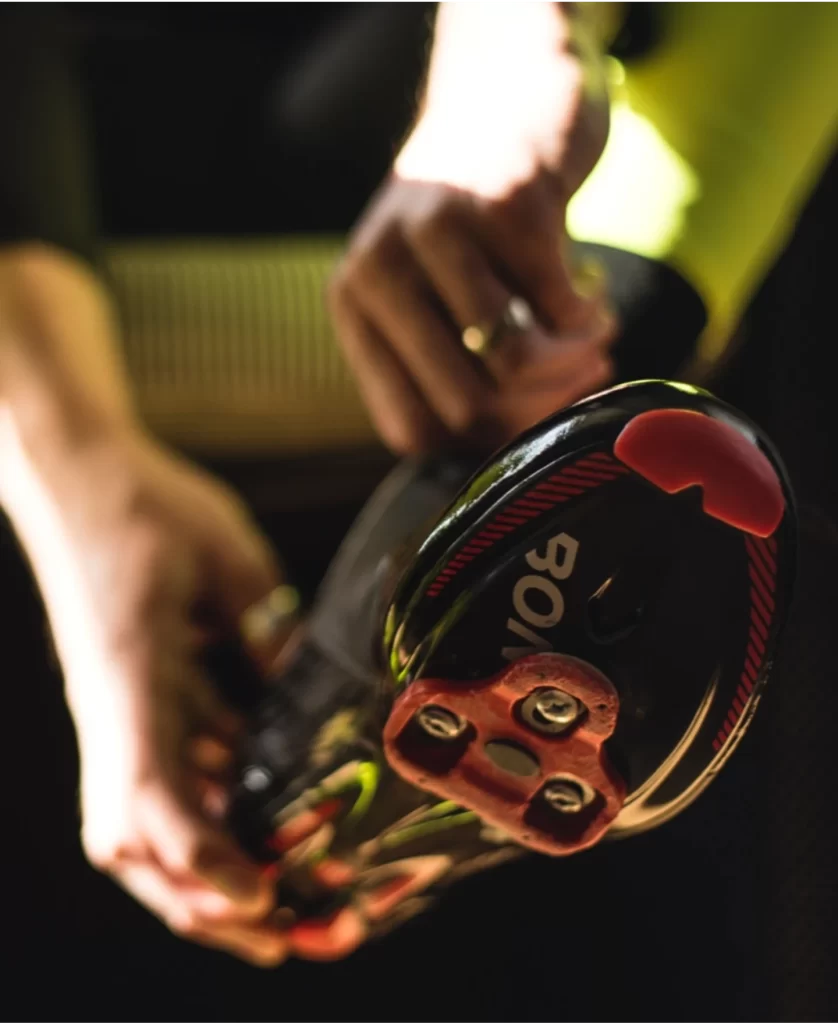
Key Point Summary of Sole Rigidity in Road Bike Shoes:
- Importance of Sole Rigidity: A stiffer sole provides better power transfer, allowing more of your energy to be directed into propelling the bike forward.
- Materials Matter: High-performance shoes often use carbon fiber to maximize stiffness and minimize weight.
- Finding the Balance: While stiffness is crucial, too much can lead to discomfort on longer rides. The right shoe balances stiffness with a degree of flex or cushioning for comfort.
- Compatibility with Pedals: The sole’s design should match your pedal system for optimal efficiency and safety.
- Personal Preference Plays a Role: Ultimately, the best shoe is one that fits well and meets your specific needs as a rider.
In the world of road cycling, every detail matters—from the aerodynamics of your bike frame to the fit of your helmet. However, one aspect that often gets overlooked yet plays a pivotal role in performance, is the rigidity of your road bike shoe soles. This article aims to shed light on sole rigidity in road bike shoes, why it matters, and how to find the balance between stiffness and comfort for beginner to mid-level experienced cyclists.
The Stiffness Spectrum
The rigidity of a road bike shoe’s sole significantly impacts your cycling experience. Stiffer soles, typically made from carbon fiber or composite materials, enhance power transfer by reducing the amount of energy lost during the pedal stroke. In my cycling journey, transitioning from flexible, all-terrain shoes to stiff-soled road shoes was a revelation. The immediate improvement in speed and efficiency was noticeable, especially during sprints and climbs where every watt counts.
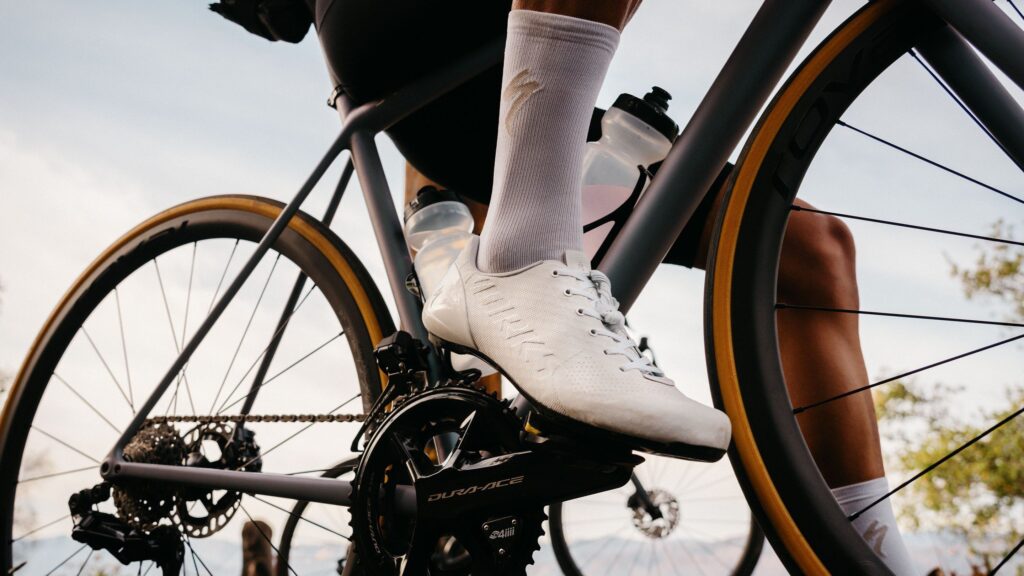
Material Insights
Carbon fiber is the gold standard for high-performance road bike shoe soles due to its excellent stiffness-to-weight ratio. However, not all carbon soles are created equal. The layup, thickness, and shape of the carbon can affect both the sole’s rigidity and its overall feel underfoot. Early in my road cycling days, I experimented with various shoes, quickly learning that a well-designed carbon sole could provide not just speed but also surprising levels of comfort.
Comfort vs. Performance
One might assume that the stiffest sole possible is always the best choice, but cycling is rarely that simple. Ultra-stiff soles can lead to discomfort over long distances, especially for riders not used to them. I recall a century ride where my ultra-stiff, race-oriented shoes became almost unbearable by mile 80, teaching me the value of balancing performance with comfort. Many shoe manufacturers now design soles with strategic areas of flex or padding, offering a compromise that benefits endurance riders without significantly compromising on efficiency.
Matching Shoes to Pedals
The interaction between the shoe sole and the pedal system is another critical consideration. A sole’s rigidity must be compatible with your pedal system to ensure a secure and efficient interface. When I first upgraded to a high-end road shoe and pedal system, the difference in how securely my feet locked in—and how confidently I could apply power—was astounding. This synergy is crucial for maximizing the benefits of sole stiffness.
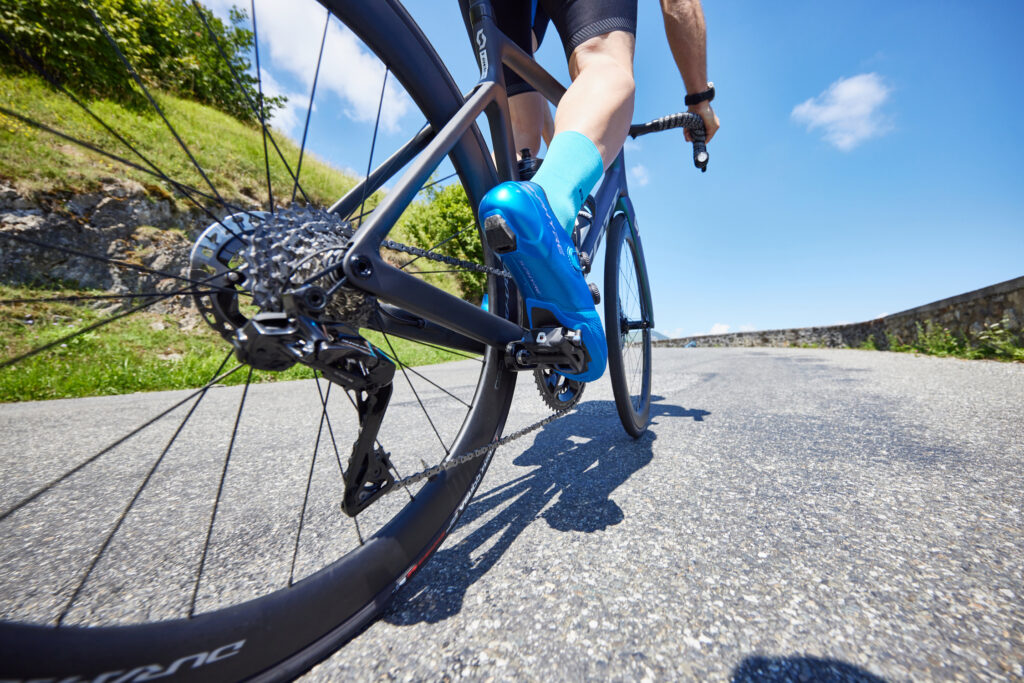
Closing Thoughts
For those beginning their road cycling journey or looking to step up their game, understanding the role of sole rigidity in road bike shoes is essential. It’s not just about choosing the stiffest, lightest, or most expensive shoe on the market. It’s about finding a shoe that offers the right balance of performance, comfort, and compatibility with your equipment and riding style. As you gain experience and refine your preferences, you’ll find that the right pair of shoes can be a significant ally in your cycling endeavors, enhancing not just your performance but also your enjoyment of the sport.
The Sidi Wire 2 Carbon’s Advanced Sole Rigidity
A standout example of a road bike shoe known for its exceptional sole rigidity is the Sidi Wire 2 Carbon. This shoe is designed with performance in mind, catering to cyclists who seek the utmost efficiency and precision in their pedal strokes.
- Carbon Composite Sole: The heart of the Wire 2 Carbon’s performance lies in its full carbon sole, which maximizes rigidity. This design ensures minimal flex, allowing for optimal power transfer from your legs directly to the pedals.
- Adjustability for Perfect Fit: It features the Techno-3 Push dial system, coupled with Sidi’s Heel Retention Device, for a fully adjustable fit that can be fine-tuned even while on the go. This ensures that the foot is securely held in place, maximizing the efficiency of every pedal stroke.
- Ventilation and Comfort: Despite its focus on performance, the Wire 2 Carbon does not skimp on comfort. It includes a ventilated upper and an adjustable heel cup for improved airflow and a custom fit, ensuring comfort during long rides.
- Durability: Sidi shoes are renowned for their durability, and Sidi Wire 2 Carbon is no exception. Its materials and construction are designed to withstand the rigors of intense road cycling, making it a long-term investment for serious cyclists.
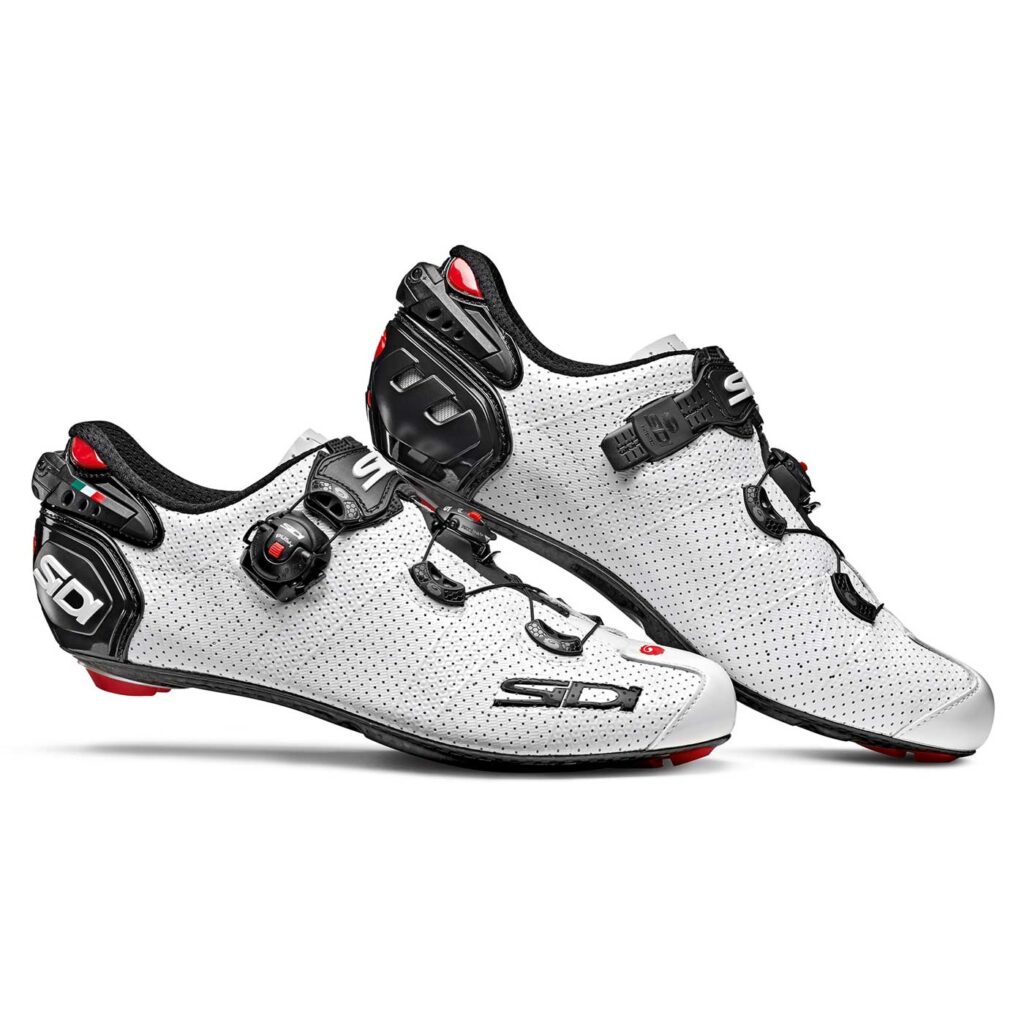
FAQ
Why do cycling shoes have stiff soles?
Cycling shoes have stiff soles to maximize power transfer from the rider to the pedals, reduce foot fatigue by minimizing flex, and ensure more efficient pedal strokes over long distances.
Does cycling shoe stiffness actually matter?
Yes, stiffness matters significantly in cycling shoes, especially for performance-oriented riders. It enhances efficiency and energy transfer, making each pedal stroke more effective.
What is a good stiffness rating for cycling shoes?
A good stiffness rating for cycling shoes varies by brand and model, but higher-end performance shoes typically feature ratings near the top of their scale, often around 8-10 on a 1-12 scale, where higher numbers indicate greater stiffness.
Should road bike shoes be tight or loose?
Road bike shoes should fit snugly without causing discomfort. There should be enough room to wiggle your toes slightly, but the heel should not lift, and the foot should not slide forward or side to side within the shoe during a pedal stroke. A precise fit is crucial for optimal performance and comfort.
Happy Riding!
John
